Home>Furniture & Design>Outdoor Furniture>How To Make An Outdoor Sign
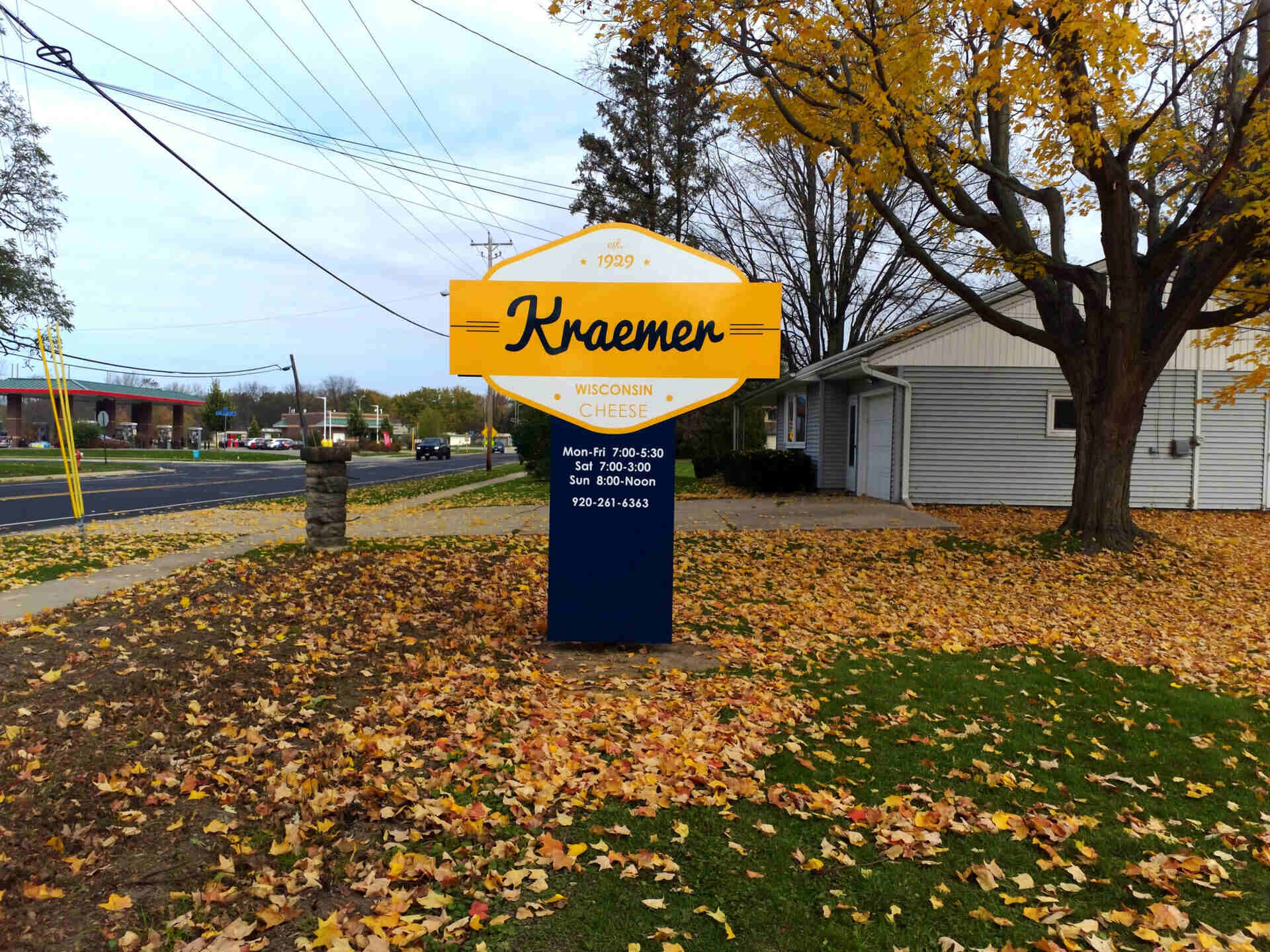

Outdoor Furniture
How To Make An Outdoor Sign
Published: January 14, 2024
Learn how to make an eye-catching outdoor sign with our expert tips and ideas for outdoor furniture, design, and more. Create a standout piece for your outdoor space!
(Many of the links in this article redirect to a specific reviewed product. Your purchase of these products through affiliate links helps to generate commission for Storables.com, at no extra cost. Learn more)
Introduction
Creating an outdoor sign is an exciting endeavor that allows you to infuse your personal style and creativity into a functional and aesthetically pleasing piece. Whether you're designing a sign for your home, business, or a special event, the process involves a blend of artistry, practicality, and attention to detail. From selecting the right materials to adding the final touches, each step plays a crucial role in bringing your vision to life.
In this comprehensive guide, we will explore the essential steps for crafting an outdoor sign that not only withstands the elements but also makes a lasting impression. From choosing the right materials to adding the final touches, we'll delve into the intricacies of sign making, providing valuable insights and tips along the way.
Whether you're a seasoned DIY enthusiast or a novice looking to embark on a new project, this guide will equip you with the knowledge and inspiration needed to create a stunning outdoor sign. So, roll up your sleeves, unleash your creativity, and let's dive into the world of outdoor sign design and fabrication.
Key Takeaways:
- Choose durable materials like wood, metal, HDU, or PVC for outdoor signs. Consider weather exposure, aesthetics, and maintenance to make an informed decision that aligns with your design vision.
- Design a captivating sign by considering purpose, typography, color, imagery, and layout. A well-crafted design will leave a memorable impression and elevate the impact of your outdoor sign.
Read more: How To Make Porch Signs
Choosing the Right Materials
When it comes to crafting an outdoor sign that can withstand the elements, selecting the right materials is paramount. From wood and metal to high-density urethane (HDU) and PVC, each material offers unique characteristics that can influence the sign’s durability, appearance, and maintenance requirements.
Wood, a timeless choice for outdoor signs, exudes a rustic charm and natural warmth. Cedar, redwood, and cypress are popular wood options due to their resistance to decay and insect damage. However, it’s essential to consider the potential for warping and splitting when exposed to moisture and sunlight. Treating the wood with a protective sealant can mitigate these issues and prolong its lifespan.
Metal signs, crafted from aluminum, steel, or wrought iron, are renowned for their durability and sleek, modern aesthetic. Aluminum, in particular, is prized for its resistance to rust and corrosion, making it an excellent choice for outdoor applications. Additionally, metal signs can be powder-coated or painted to enhance their visual appeal and protect them from the elements.
For those seeking a versatile and low-maintenance alternative to wood and metal, high-density urethane (HDU) and PVC offer compelling advantages. HDU, a durable foam substrate, is renowned for its dimensional stability, resistance to moisture, and ease of carving and shaping. PVC, a robust plastic material, boasts exceptional weather resistance and can be painted to mimic the look of wood or metal.
When choosing the right materials for your outdoor sign, consider factors such as weather exposure, desired aesthetics, and long-term maintenance. By carefully evaluating the unique properties of each material, you can make an informed decision that aligns with your design vision and ensures the longevity of your outdoor sign.
Designing Your Sign
Designing an outdoor sign is a creative process that involves blending visual appeal with effective communication. Whether you’re crafting a welcoming sign for your home or a promotional sign for your business, the design should capture attention, convey a clear message, and reflect your personal or brand identity.
First and foremost, consider the purpose of your sign. Are you aiming to create a bold statement, provide essential information, or evoke a specific emotion? Understanding the primary objective will guide your design choices, from color schemes and typography to imagery and layout.
When it comes to typography, selecting the right font is crucial for ensuring readability and visual impact. Opt for clear, legible fonts that complement the overall style of your sign. Additionally, consider the size and spacing of the text to maximize visibility from a distance, especially for signs intended to attract foot or vehicular traffic.
Color plays a pivotal role in sign design, influencing mood, visibility, and brand recognition. Choose colors that resonate with the surrounding environment while maintaining contrast for readability. If your sign features a logo or specific brand colors, ensure that the palette aligns with your established visual identity.
Integrating imagery, such as icons, illustrations, or photographs, can enhance the visual appeal and communicative power of your sign. Whether it’s a picturesque landscape for a nature retreat or a product image for a business sign, carefully selected visuals can captivate viewers and reinforce your message.
Consider the overall layout and composition of your sign to achieve a harmonious balance of elements. Experiment with different arrangements to find the most compelling and effective design. Additionally, take into account the size and placement of your sign to ensure it commands attention without overwhelming its surroundings.
By thoughtfully considering typography, color, imagery, and layout, you can create a captivating and purposeful design for your outdoor sign. Whether your goal is to inform, inspire, or promote, a well-crafted design will elevate the impact of your sign and leave a memorable impression on its viewers.
When making an outdoor sign, use weather-resistant materials like PVC, aluminum, or treated wood to ensure it can withstand the elements and last longer.
Preparing the Sign Surface
Before applying paint or finishes to your outdoor sign, it’s essential to prepare the sign surface to ensure optimal adhesion and longevity. Proper surface preparation not only enhances the visual appeal of the finished sign but also guards against deterioration caused by environmental factors.
Start by thoroughly cleaning the sign surface to remove any dirt, dust, or contaminants that could interfere with paint adhesion. Use a mild detergent or specialized cleaner suitable for the sign’s material, and rinse the surface with water to eliminate residue. Allow the surface to dry completely before proceeding.
If your sign is made of wood, inspect the surface for any imperfections, such as knots, cracks, or raised grain. Sanding the wood with progressively finer grits of sandpaper can smooth out these irregularities and create a uniform surface for painting. Be sure to remove any sanding dust before proceeding to the next step.
For metal signs, it’s crucial to address any rust or corrosion before priming and painting. Use a wire brush, sandpaper, or a chemical rust remover to eliminate rust and create a clean, smooth surface. Applying a rust-inhibiting primer after surface preparation will help prevent future corrosion and ensure the longevity of the sign.
High-density urethane (HDU) and PVC signs typically require minimal surface preparation. However, it’s important to inspect the surface for any manufacturing residues or imperfections that may affect paint adhesion. Wiping the surface with a mild solvent or water-based cleaner can remove any contaminants and prepare it for painting.
Once the surface is clean and free of imperfections, apply a suitable primer to promote paint adhesion and provide a uniform base for the topcoat. Choose a primer specifically formulated for the sign’s material, and follow the manufacturer’s recommendations for application and drying times. Proper priming sets the stage for a durable and long-lasting finish.
By meticulously preparing the sign surface through cleaning, sanding, rust removal (if applicable), and priming, you lay the foundation for a visually stunning and resilient outdoor sign. This crucial step ensures that your sign not only looks impressive upon completion but also maintains its integrity in the face of outdoor elements.
Painting and Finishing
Once the sign surface is meticulously prepared, it’s time to infuse it with color and protective finishes that will enhance its visual appeal and safeguard it against outdoor elements. Choosing the right paint and finishing products, along with employing proper application techniques, is essential for achieving a durable and aesthetically pleasing result.
Selecting high-quality exterior-grade paint is paramount for ensuring the longevity and vibrancy of your outdoor sign. Acrylic and latex paints are popular choices due to their durability, fade resistance, and ease of application. Additionally, consider using paints with built-in UV protection to safeguard the colors from sun-induced fading.
Before applying the paint, ensure that the weather conditions are conducive to painting. Ideally, choose a day with moderate temperature and low humidity to facilitate proper paint drying. Avoid painting in direct sunlight, as it can cause rapid drying and compromise the finish quality.
When applying the paint, use smooth, even strokes to achieve a uniform and professional-looking finish. Depending on the design, you may need to use multiple coats to achieve the desired color saturation and coverage. Allow each coat to dry thoroughly according to the manufacturer’s recommendations before applying the next one.
Once the paint is dry, consider applying a protective clear coat or sealant to shield the sign from moisture, UV rays, and other environmental factors. A clear, weather-resistant finish not only enhances the visual appeal of the sign but also prolongs the life of the paint and underlying material.
For wooden signs, consider using a marine-grade varnish or polyurethane for added protection against moisture and UV exposure. Metal signs can benefit from a clear enamel or lacquer that forms a durable barrier against rust and corrosion. HDU and PVC signs typically require a clear coat designed for exterior use to safeguard the painted surface.
By carefully selecting high-quality paint, applying it with precision, and finishing with a protective sealant, you can ensure that your outdoor sign maintains its vibrant appearance and structural integrity for years to come. The painting and finishing phase is where your sign truly comes to life, showcasing your design vision with enduring beauty and resilience.
Read more: How To Make A Welcome Sign For Porch
Adding the Final Touches
As your outdoor sign nears completion, adding the final touches can elevate its visual impact and impart a sense of craftsmanship and attention to detail. Whether it’s embellishments, hardware, or additional protective measures, these finishing touches contribute to the sign’s overall charm and functionality.
Embellishments, such as decorative trim, carved accents, or dimensional elements, can infuse your sign with character and individuality. Consider incorporating elements that complement the sign’s design and surroundings, adding a touch of artistry and flair. For wooden signs, intricate wood carvings or routed details can impart a sense of craftsmanship and sophistication.
Hardware selection is crucial for ensuring secure installation and longevity. Choose stainless steel, brass, or galvanized hardware that resists corrosion and complements the sign’s material and design. For hanging signs, robust hooks or brackets that withstand outdoor conditions are essential, while ground-mounted signs may require sturdy posts or anchors for stability.
For added protection against the elements, consider applying a final coat of weather-resistant sealant or wax to seal the sign’s edges and any exposed wood grain. This extra layer of protection can prevent moisture infiltration and prolong the life of the sign, especially in regions prone to inclement weather.
Consider the surrounding landscape and architectural elements when determining the sign’s placement. Whether it’s mounting the sign on a stately post, affixing it to a stone facade, or integrating it into a garden setting, the placement should harmonize with its environment and maximize visibility and impact.
Finally, take a moment to step back and admire your completed outdoor sign. Consider how it enhances its surroundings, communicates its message, and reflects your creativity and attention to detail. Your outdoor sign is not merely a functional piece but a testament to your design prowess and dedication to creating a lasting impression.
By attending to the final touches with care and consideration, you can ensure that your outdoor sign stands as a striking and enduring addition to its environment, captivating viewers and serving its intended purpose with distinction.
Frequently Asked Questions about How To Make An Outdoor Sign
Was this page helpful?
At Storables.com, we guarantee accurate and reliable information. Our content, validated by Expert Board Contributors, is crafted following stringent Editorial Policies. We're committed to providing you with well-researched, expert-backed insights for all your informational needs.
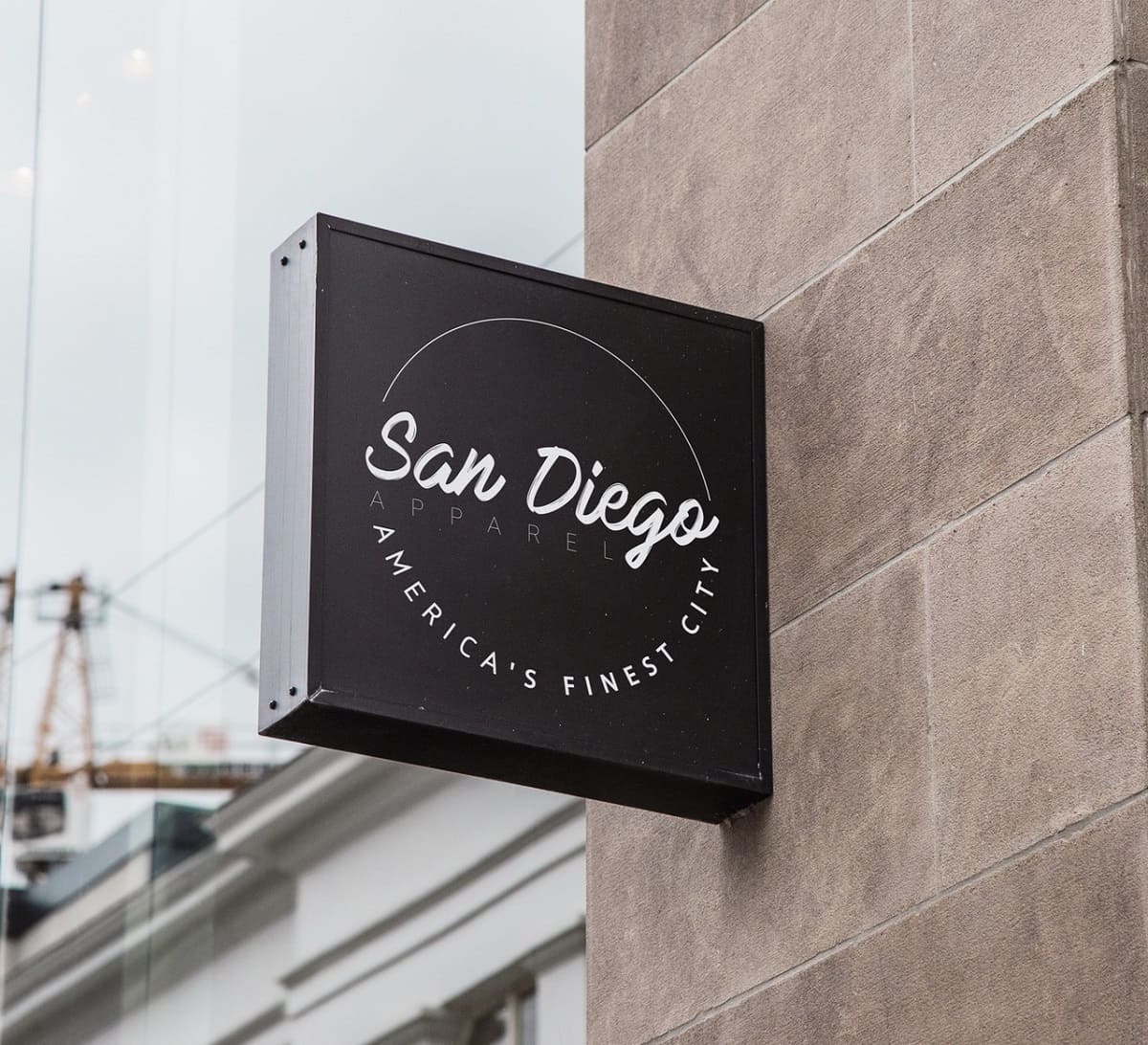

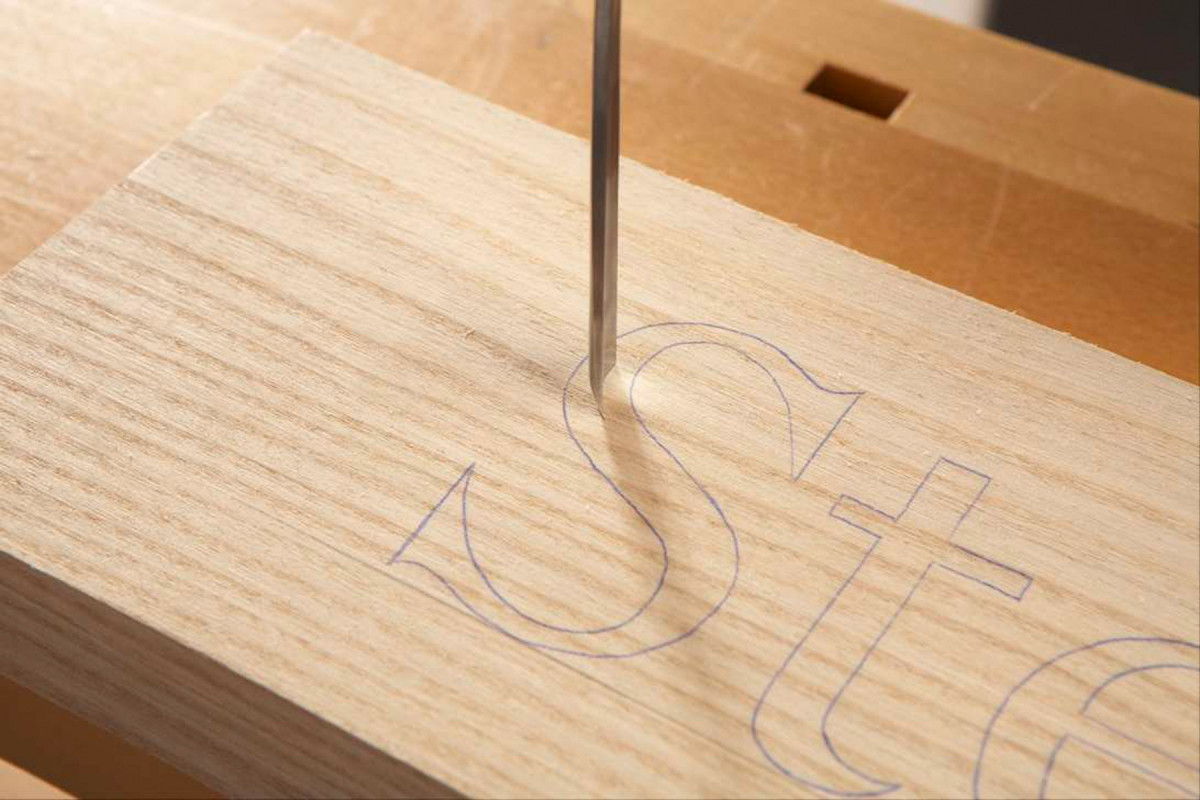



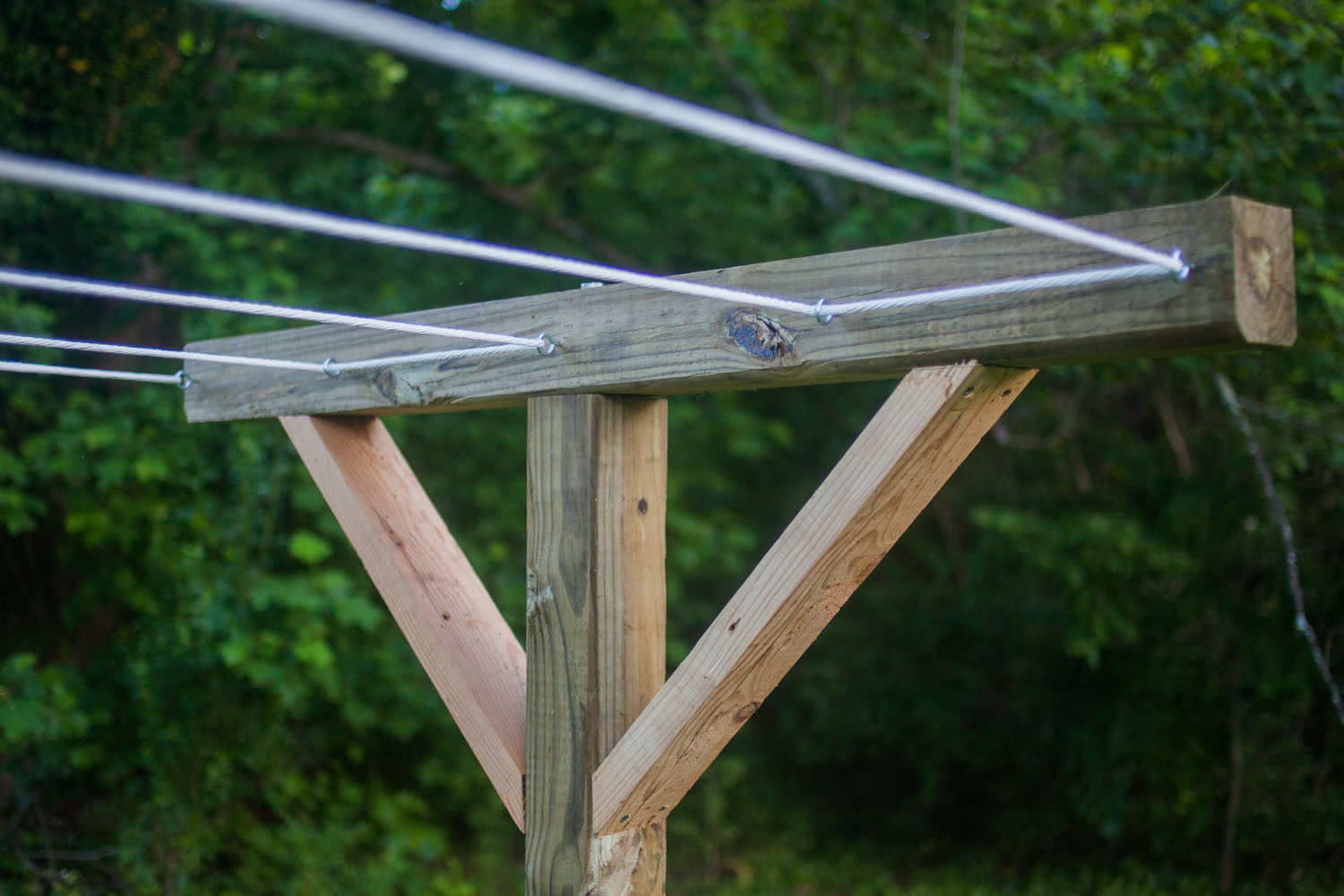
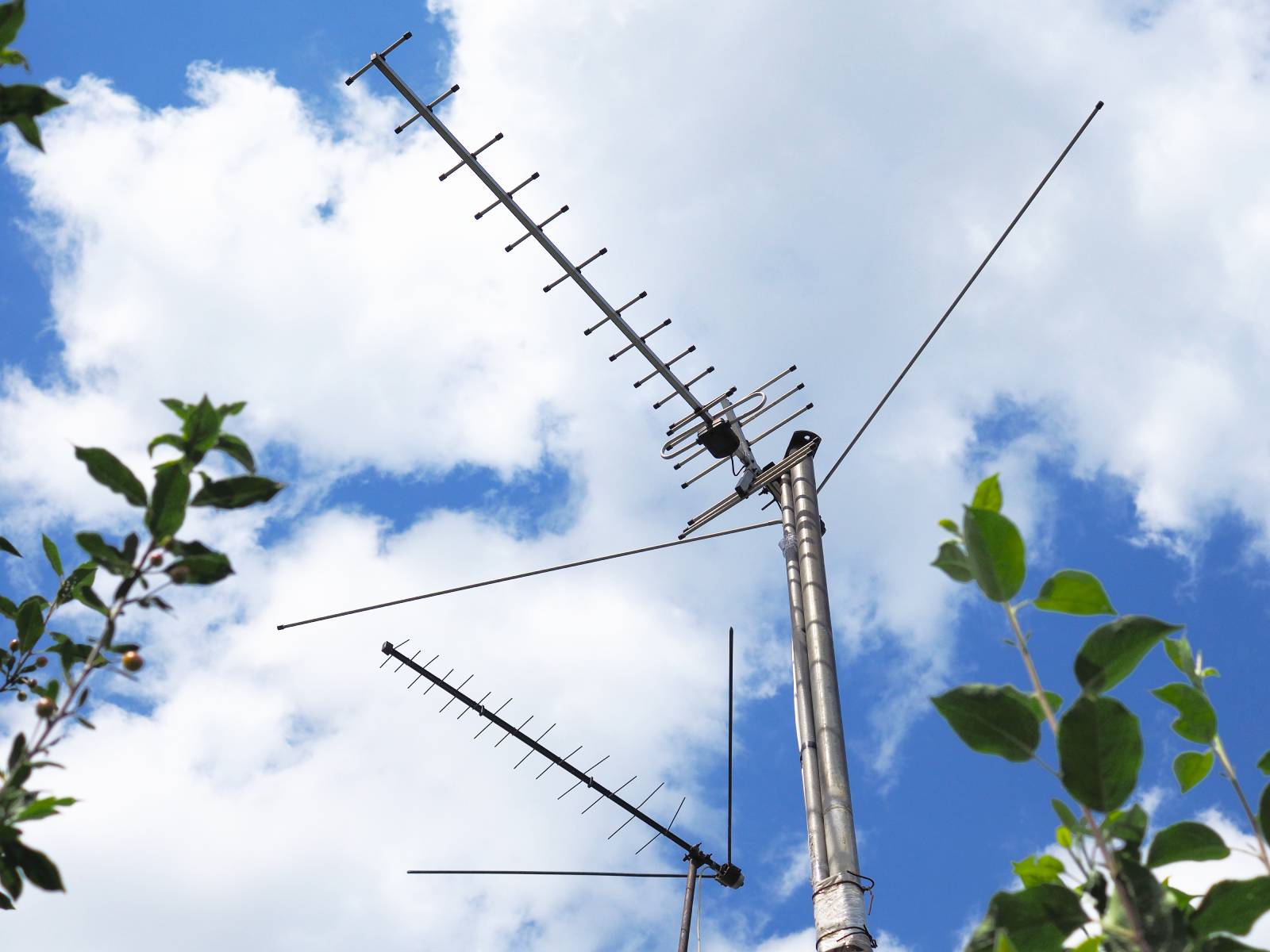







0 thoughts on “How To Make An Outdoor Sign”